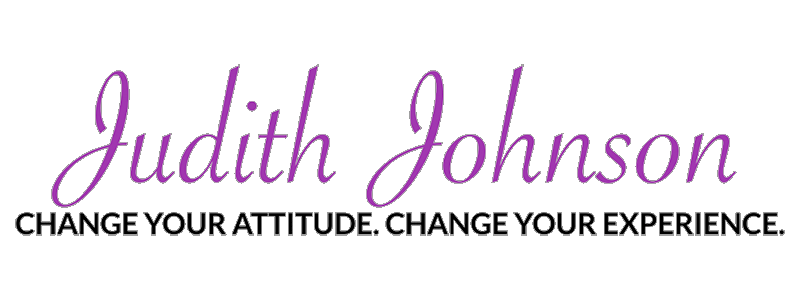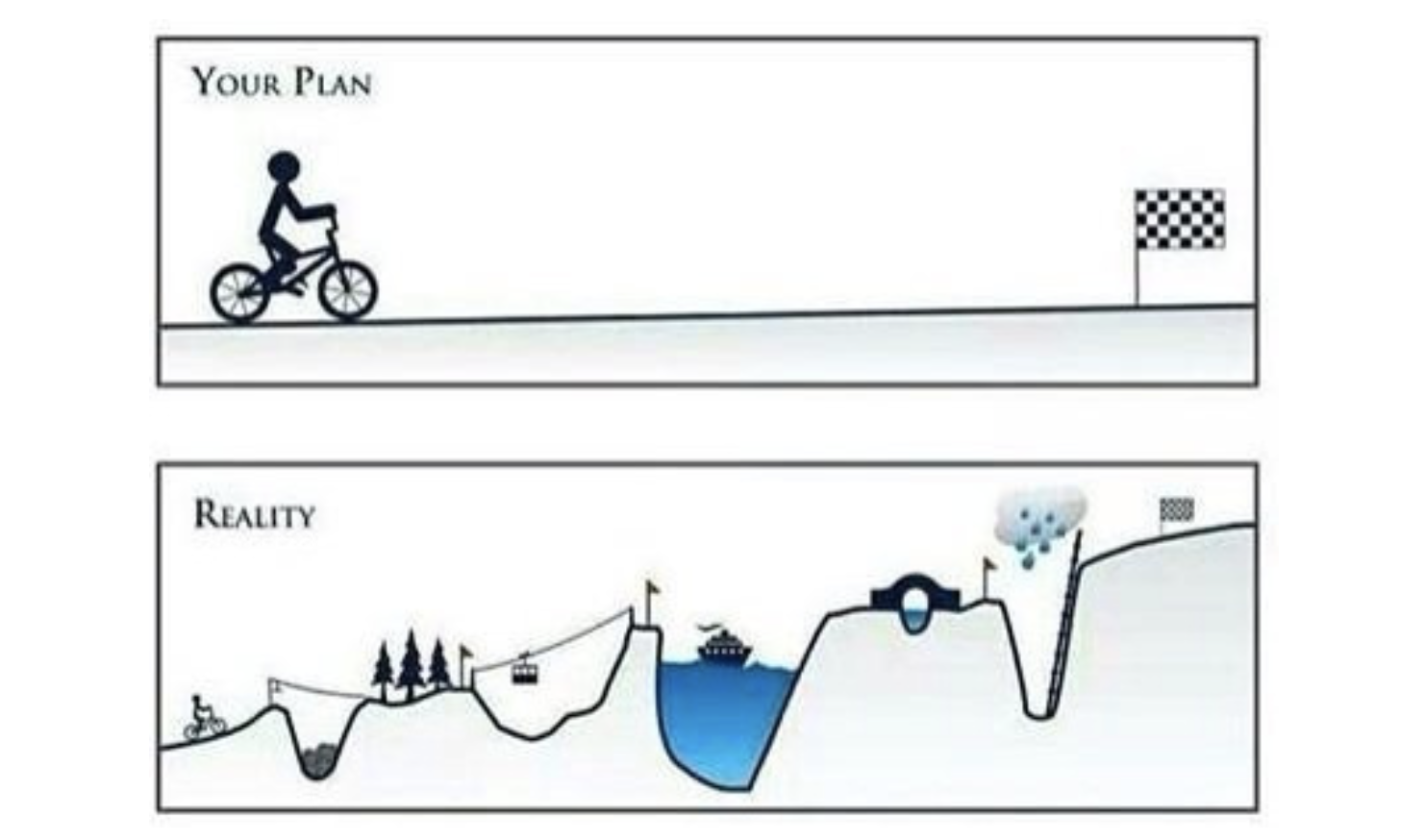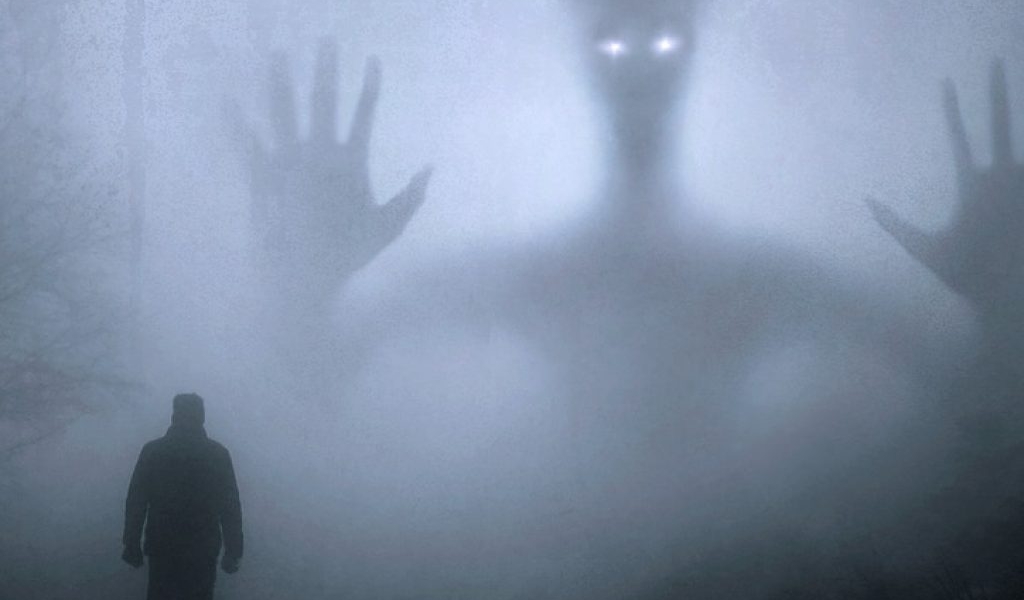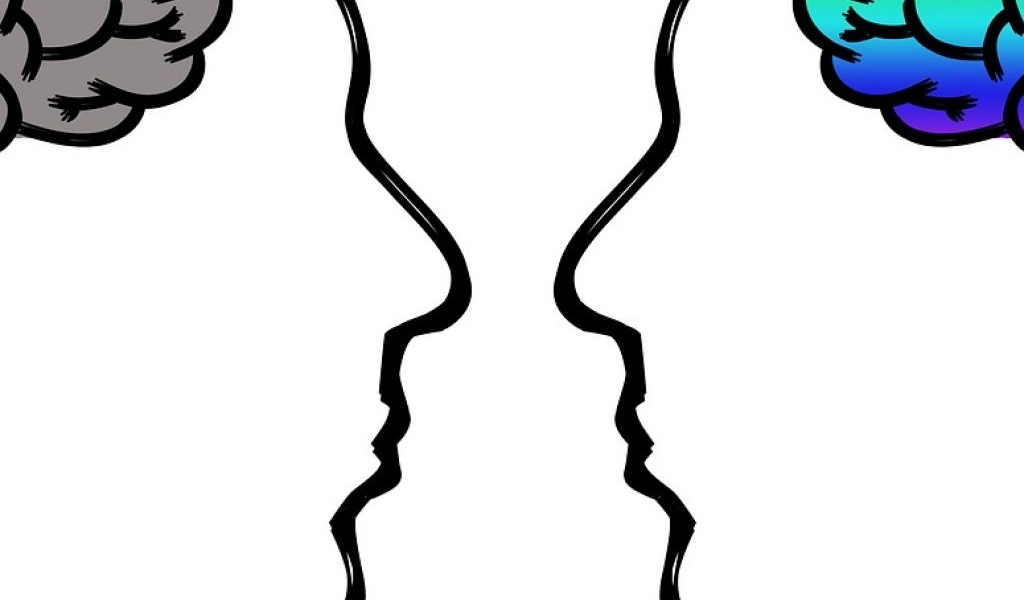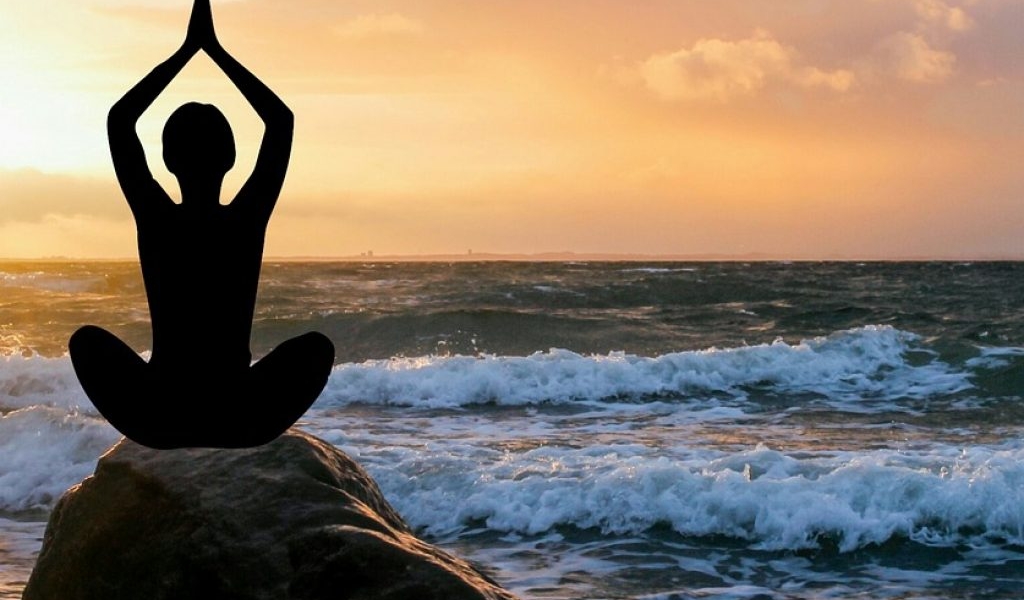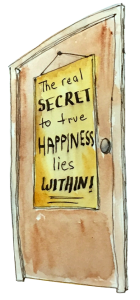Our world is overflowing with the noise of media, other people’s opinions, and the demands and distractions in our lives. It’s easy to lose touch with our own inner compass. Yet, amid this external chaos lies an extraordinary opportunity: to cultivate inner clarity through a practice I call Consciousness Ecology.
What Is Consciousness Ecology?
Consciousness Ecology is the art and practice of tending to your inner environment. Just as an ecosystem depends on balance, so too does your state of mind and heart. This practice invites us to look inward and examine the beliefs, stories, habits, and emotional patterns that silently shape how we see the world and navigate our lives.
As Plotinus wisely said, “Withdraw into yourself and look.” Consciousness Ecology is this very invitation—to return inward and tend to the landscape within.
Why It Matters
Many of us carry internal “clutter” from unresolved experiences, outdated beliefs, and unconscious fears. These internal dynamics distort how we interpret situations, how we treat others, and how we treat ourselves. Over time, we may find ourselves reacting to life rather than engaging with it consciously.
We are not victims of our conditioning unless we choose to be. Consciousness Ecology offers us a pathway out of unconscious living and into empowered awareness.
5 Core Practices of Consciousness Ecology
-
Releasing Unresolved Perceptions
Let go of emotional residue from the past that clouds your ability to be present. -
Reframing Your Perspective
Learn to reinterpret events through a more compassionate, expansive lens. -
Redefining Inner Values
Reassess what you value and fear and update the filters that shape your worldview. -
Practicing Healthier Ways of Being
Integrate new thought and behavior patterns that support emotional well-being. -
Exploring Expanded States of Consciousness
Open to the higher frequencies of awareness that are available to all of us.
The Role of Your Attitude Filter
Think of your mind as equipped with an “Attitude Filter” that functions as a gateway that processes everything you see, hear, and experience. This filter is shaped by family conditioning, cultural messages, past wounds, and personal conclusions. If it becomes too clouded, it distorts your view of reality.
By conducting regular mental and emotional audits such as journaling, self-reflection, or using guided questions you begin to “clean the filter.” Over time, your perception becomes clearer, your reactions more grounded, and your choices more aligned.
A Gentle Audit for Greater Awareness
When you feel stuck, reactive, or off-center, pause and explore:
-
What am I believing in this moment?
-
Is that belief absolutely true?
-
What feeling or past experience might be fueling this reaction?
-
What might I choose to believe or feel instead?
Awareness, curiosity, and self-compassion are your allies in this process.
From Reaction to Reintegration
Much of our inner struggle stems from exiled parts of ourselves. We may have pushed away shame, fear, anger, or grief because we didn’t have the tools to face them. Through Consciousness Ecology, we return to these parts with kindness, and welcome them home.
As spiritual teacher Robert Waterman describes, healing comes through reintegration. We remember who we are, not in fragments, but as a whole being capable of healing, clarity, and peace.
Making Consciousness Ecology a Way of Life
Like brushing your teeth or nourishing your body, Consciousness Ecology is a form of hygiene for the mind and heart. It doesn’t eliminate life’s challenges, but it prepares you to meet them with resilience and presence.
You might begin by:
-
Starting a weekly self-reflection journal
-
Holding regular emotional “check-ins” with a partner or trusted friend
-
Noticing and shifting negative self-talk in real time
-
Asking: What energy am I bringing to this moment?
The more consistently you practice, the more you will experience clarity, peace, and personal power.
The Invitation
You don’t need to wait for a crisis to begin. You can start today. Look within. Ask the questions. Listen to your inner world. Reclaim your clarity and wholeness.
Your inner environment shapes your outer life.
Nurture it well.
If you would like to know more about me and my work, please explore my website here.
